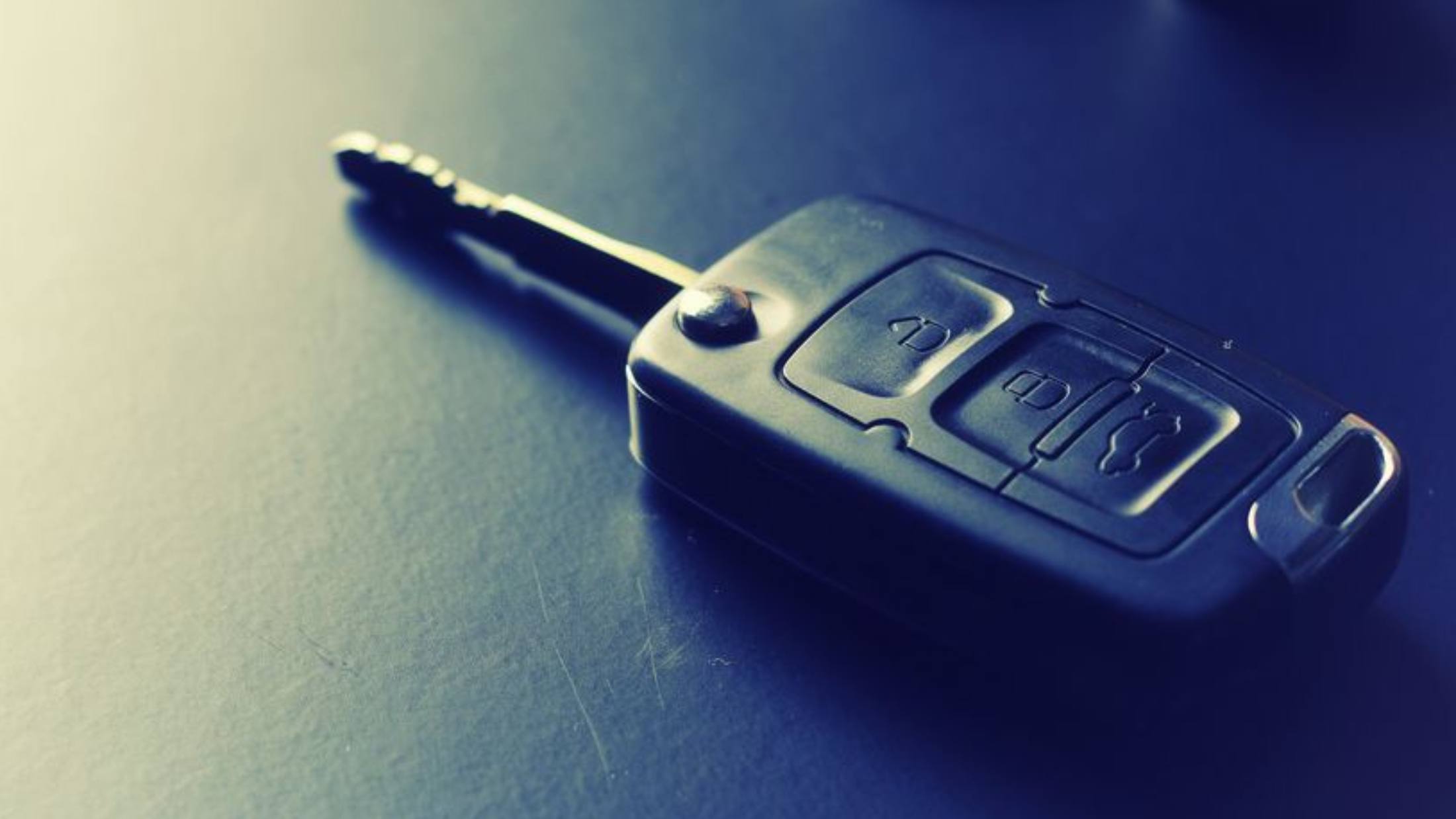
Using a dashcam
- Dashcam evidence could prove an accident was not your fault
- Claims could be settled faster in your favour, meaning less hassle and expense for you
- You could get back your excess payment based on video evidence
- You could also keep your No Claims Discount
- You have extra peace of mind in case of ‘crash for cash’ claims
Using a dashcam to support a claim
These handy gadgets, which are also known as in-car camera recorders, record a driver’s-eye view of the road ahead on every journey. Dashcams can provide valuable evidence of what happened in an accident, helping to settle claims more quickly and reduce fraud.
Dashcams have been shown to be useful safety features on commercial vehicles for some time now, with video evidence proving many drivers’ safety and skills behind the wheel. Likewise, cyclists often fit a camera to their helmets just in case they are involved in an incident on the road.
Dashcams are now becoming more popular with car owners eager to show how safely they drive and reduce their risk of being accused in ‘crash for cash’ claims. If a driver with a dashcam was unfortunate enough to be involved in an accident, they’d be able to send us video evidence to support their claim.
Sending a dashcam video
If you’ve told us your car has a dashcam, you must, where possible, send us video evidence in the event of a car insurance claim, as it will help us to investigate it for you and could settle the claim faster in your favour.
Whilst we won’t need to see videos from every trip, we may also very occasionally ask drivers with dashcams to send us a sample video to make sure that the dashcam is working correctly.
Tips and guides

New Highway Code changes: everything you need to know
Learn about the upcoming changes to the Highway Code, including the new 'Hierarchy of Road Users' and other rules aimed at improving road safety for pedestrians, cyclists, and drivers.

How to protect your car from keyless car theft
With keyless theft numbers rising in the UK, we offer some tips to help increase the security of your vehicle and keep thieves locked out.

Selling your car
Looking to sell your car? Get the best return price with our handy guide. From advertising to paperwork and safety tips, we've got you covered!

How to transfer ownership of a car
Discover how to change car ownership, from seller and buyer procedures to transferring ownership to family members, dealers, or scrap yards.

What to do when you buy a used car
Unlock the secrets of car ownership, including the V5C document, transfer process, and tax implications, before hitting the road in your newly acquired used car.

Driving in Europe
AXA's comprehensive guide to driving in Europe, covering post-Brexit changes, essential paperwork, car preparation, practical tips, and country-specific driving laws for a hassle-free journey.

New Driver Insurance
Discover the ins and outs of new driver insurance, from policy types and costs to tips for finding affordable coverage for your new vehicle.

Car maintenance checklist
AXA’s ultimate car maintenance checklist to keep your ride in top gear this summer, and avoid car trouble and insurance claims, for stress-free road trips.

Annual mileage calculator
Want to get an idea of how many miles your car does every year? Use our mileage calculator and find out today.

How to update your driving licence details and avoid fines
Learn how and when to renew and update your licence to ensure you avoid being fined, including important details to check and the supporting documents you might need.

5 countries where you must drive on the left
Discover the top left-hand drive destinations, from Ireland's Ring of Kerry to social-media worthy Cypriot sights.

Driving posture and why it matters
Achy shoulders? Stiff back? Discover your daily driving posture may be taking a toll on your body and what to do about it.